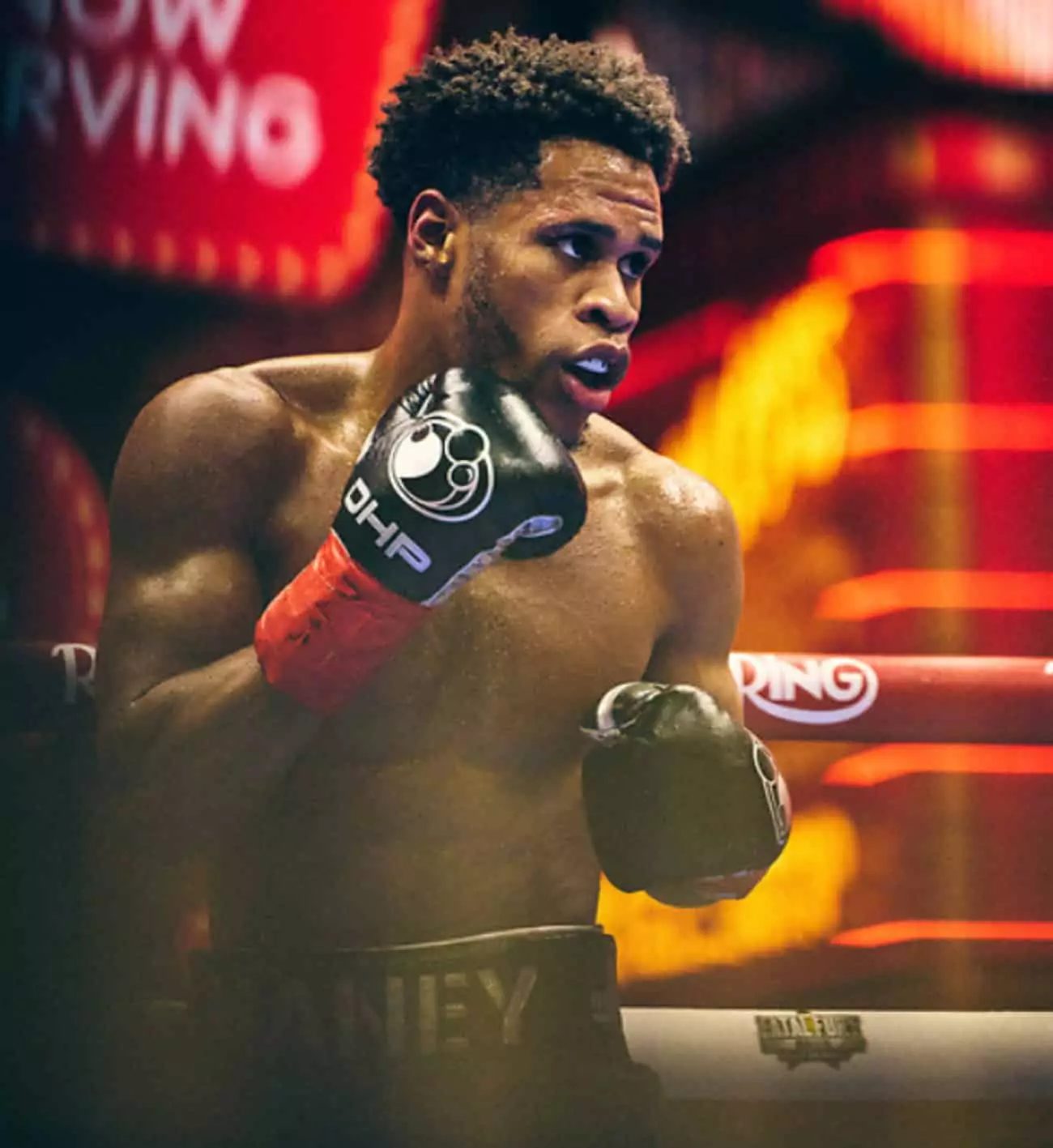In the high-stakes world of boxing, the pressure to perform can be overwhelming, especially for athletes like Devin Haney, who possesses an impeccable record of 32 wins and no losses. However, the sheer weight of expectations can often overshadow the complexities of an athlete’s mental and emotional state. This facet was especially evident following his recent bout against Jose Ramirez on May 2nd, where many fans expressed disappointment in Haney’s performance. Coach Stephen Edwards has stepped forward to defend his fighter, emphasizing the need to appreciate the nuances surrounding Haney’s situation. Edwards argues that judging Haney based solely on one fight—especially after a long layoff and facing an opponent with a history of performance-enhancing drug use—is fundamentally unfair.
The world of boxing is not just a physical contest; it is equally a mental battle. This is where Haney’s recent struggles find their origin. Edwards’ commentary brings to light that Haney’s recent fight performances should not be evaluated through a narrow lens. Factors like his fight history, mental trauma, and overall readiness all deserve careful consideration. He contends that we should allow space for Haney to reclaim his form, particularly as he navigates the aftermath of a shocking loss to Ryan Garcia last year where he faced being dropped three times.
The Mental Toll of Combat Sports
Stepping into the ring involves not just physical stamina but also significant mental fortitude. Edwards suggests that Haney may be grappling with the psychological residue of that defeat, and he introduces the term “PTSD” into the dialogue. While some may dismiss such claims, the reality is that trauma can manifest in countless ways, impacting an athlete’s performance and decision-making ability. A fighter who has endured severe hits—both physically and emotionally—may not be in the right space to engage in another high-pressure scenario.
The concept of PTSD is often relegated to veterans of war, yet it can seep into the lives of any individuals exposed to traumatic experiences, including professional fighters. Edwards points out that the ramifications of Haney’s battles could be lasting. In this context, the question arises: should Haney be back in the ring at all while he navigates this psychological complexity? The consequences of fighting while unprepared—both mentally and physically—are profound, not only for the boxer himself but also for the fans who invest their resources in watching him.
The Ethics of Pay-Per-View Expectations
One cannot ignore the ethical quandary surrounding pay-per-view events. When fans shell out substantial sums for access to a fight, they expect a showcase of skill, heart, and entertainment. If Haney is still reeling from past battles, is it right to charge premium prices for what could potentially be a less-than-stellar performance? Edwards delves into this matter, arguing that if Haney is not mentally equipped to perform at his best, the pricing models for such fights should reflect that reality.
The idea of fans paying top dollar to watch an athlete who may not be at their peak raises questions about the responsibility of promoters and organizations. Shouldn’t there be a duty to ensure that fans receive a compelling product? Edwards raises valid concerns and calls for contemplation on fair pricing amid uncertainties surrounding a fighter’s mental readiness. The fans deserve transparency and quality; anything less risks alienating a committed audience that thrives on the electric performances boxing has historically offered.
Long-Term Recovery vs. Immediate Action
Stephen Edwards advocates for patience as Haney recovers his mental equilibrium. The question remains, however: how long should that recovery period be before he resumes fighting? Edwards hints that there is no definitive timeline, and healing from trauma—particularly PTSD—can vary greatly from person to person. For Haney, the transition back into competitive boxing could be more fraught than for others.
Notably, this draws attention to the systemic issues in boxing and the industry’s long-term approach to athlete wellness. The culture often favors immediate results and quick comebacks, yet these expectations can be detrimental when the mental health of the athlete is overlooked. Edwards’ perspective sheds light on the need for a shift in how fighters are treated post-trauma, advocating for a paradigm that prioritizes psychological health alongside the traditional path of physical recovery.
In a sport that can often seem ruthless and unsympathetic, acknowledging and addressing the complex mental landscape faced by its athletes is essential. It’s time we shift our understanding of boxing’s physicality to a broader conversation surrounding mental and emotional health—making space for fighters like Devin Haney to reclaim their strength in a way that honors their journey.

